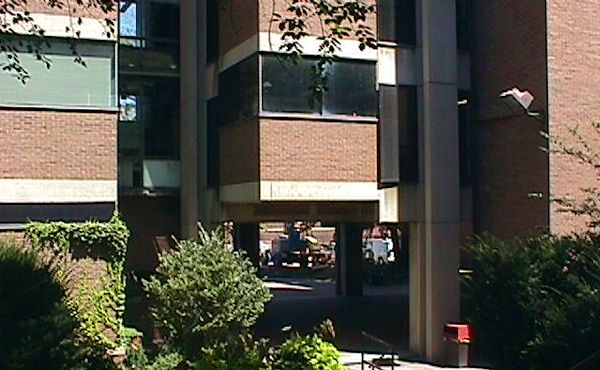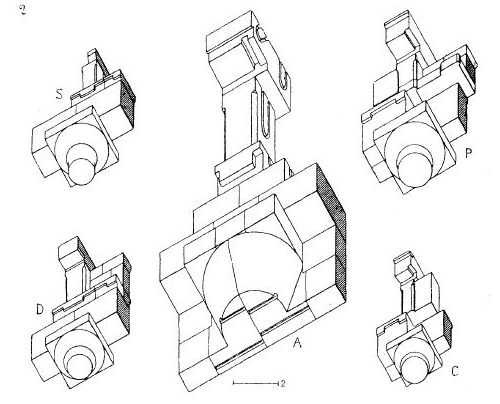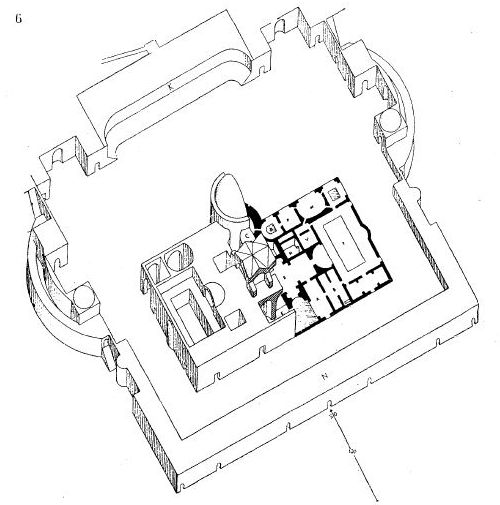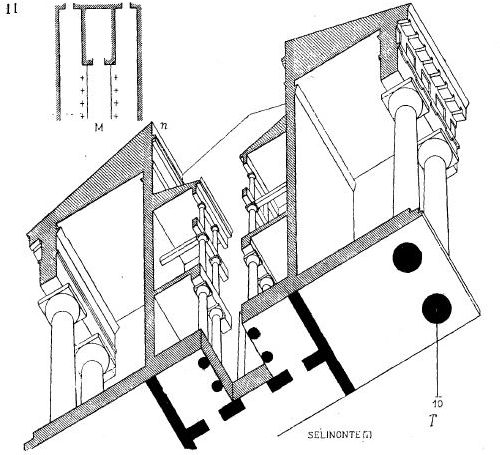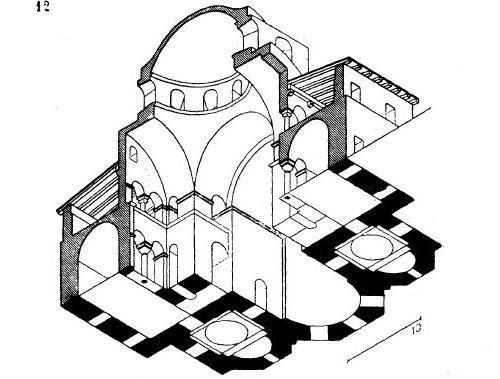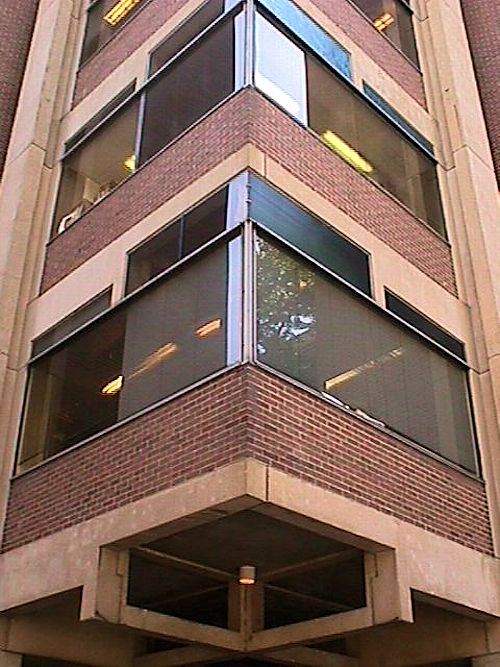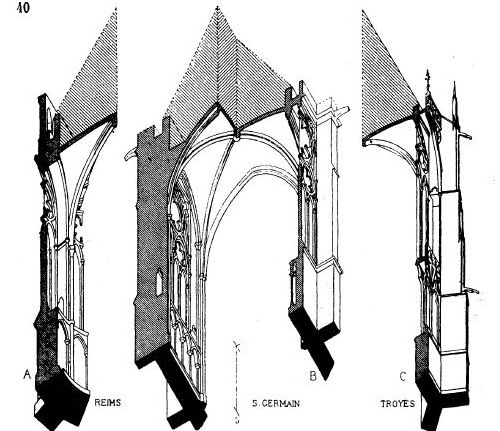history | Room Containing Greek Vases |
| In 1920, however, the Architecture School of the University of Pennsylvania was conceded to be the most successful Beaux-Arts institution in the country. Its guiding light was Paul P. Cret, who had trained at the French École and settled in Philadelphia in 1905. Kahn has always regarded Cret as his master. "I had good teachers," he has said, and, like Cret, the young Kahn did not regard himself as a revolutionary. As a dutiful student he traced and adapted forms from the archetypal academic books: Letarouilly, D'Espouy, Guadet. Underneath such direct eclecticism, the history and theory of architecture were taught more or less after the method of Choisy. The general effect upon Kahn has already been described. The spaces of his student drawing are symmetrically made by solid structure and distinguished as to type by changes in the structural scale. Some of the rigidity of plan concomitant to that attitude (which was parallel to, though not the same as, the Beaux-Arts predilection for classicizing symmetry) has also tended to remain constant in Kahn's design. Kahn has since said that he was less affected at the time by Choisy Histoire, since he could not read it, than he was by the flashier plates in some of the books noted above. Yet the plan types drawn by Choisy for Rome reappear in Kahn's mature work, while his structural axonometrics of Greek temples look forward to the piece by piece pre-cast concrete construction of Kahn's greatest buildings. But for that mature synthesis to occur in Kahn's work, other experiences had to intervene. |
|
|
|
Alfred Newton Richards Medical Research Building and Biology Building 1957-64
|
www.quondam.com/45/4501u.htm | Quondam © 2018.07.31 |
